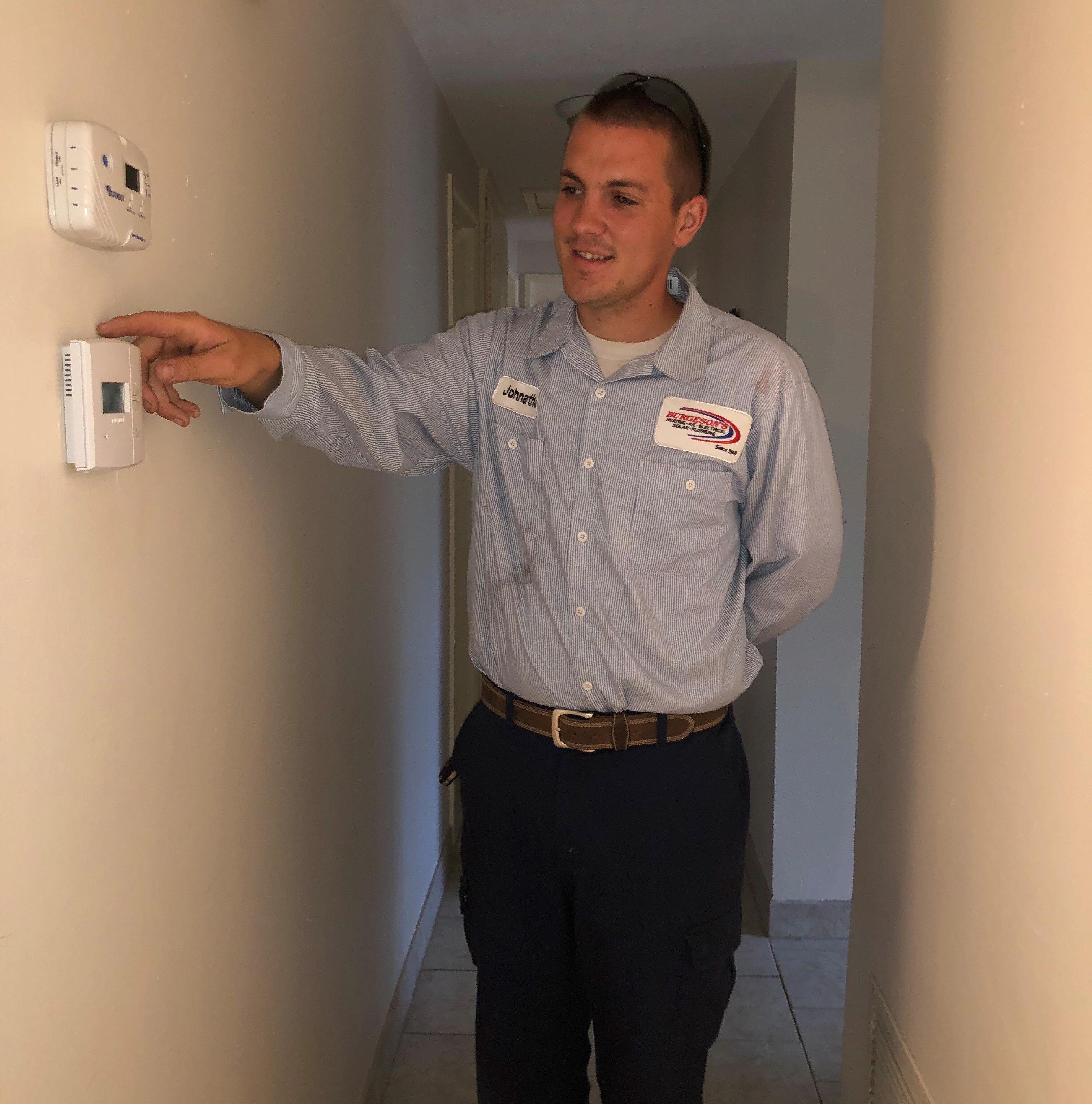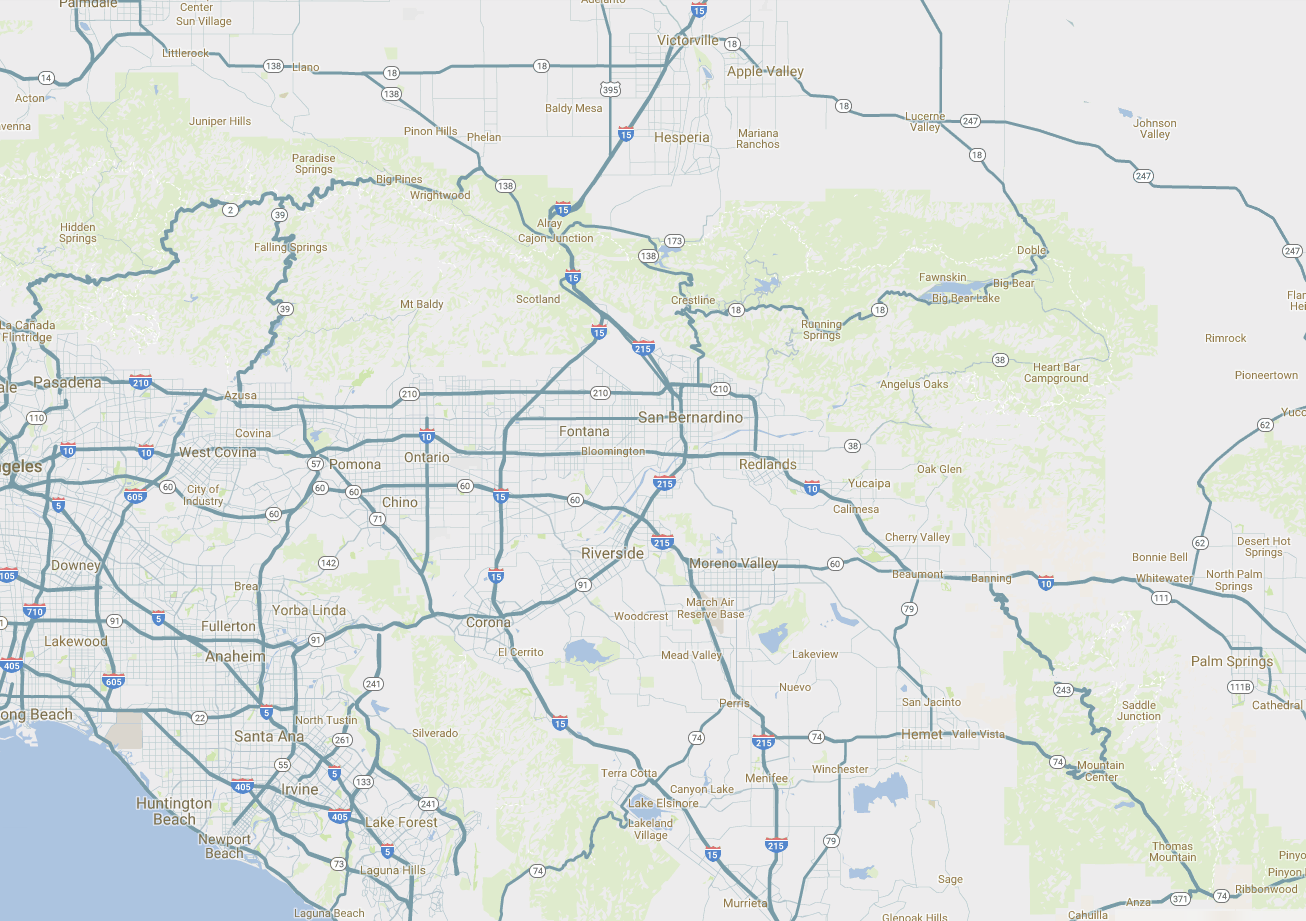If your home is feeling too warm or too cool, you probably head straight to your thermostat to address the problem. With just the press of a button, you can send warm or cold air circulating throughout your home. As the main control of your home’s temperature, your thermostat allows you to communicate with your heating and cooling system.
However, that’s about where most people stop thinking about it.
Although most of us understand what a thermostat does, we don’t really think about how it works. As one of the most important systems within your home, understanding how it controls your home’s temperature is important.
Let’s take a look at how your thermostat actually works — as well as what you can do to save energy and lower your electric bill.
Need help with your thermostat? Contact us today and we'll send a tech over!
How Does a Thermostat Work?
Before we talk about how a thermostat actually controls the temperature of your home, we need to address the kinds of thermostats your home may have. While most homes today have an electronic thermostat, older houses may still have electromechanical systems. Each of these thermostats work a bit differently.
Electronic thermostats are easy to understand. They function similarly to a small computer, using sensors to determine whether or not your home is at the right temperature. They also provide features and benefits like programmable settings and wifi capabilities allowing you to keep your home at a different temperature during the day or at night whether you are at home or away.
Electromechanical systems can be a bit more difficult to understand. An electromechanical thermostat typically contains either a bi-metal coil or a metal strip. When the temperature changes, this coil or strip will move, causing a vial containing mercury to tip to one side. The mercury flows to one end of the vial, signaling that the heating or cooling needs to be turned on.
Regardless of the kind of thermostat you have, too many changes in temperature causes your system to work in overtime. If you’re constantly turning your thermostat up and down, you may find that you’re wasting a lot of energy.
Proper control over your thermostat is important for preserving energy — and saving money.
How to Set Your Temperature to Save Energy
Here are a few thermostat-related tips to keep in mind to help you save energy year round.
1. Know the Outside Temperature
When your thermostat is trying to control the temperature inside the home, it will be battling against the temperature outside. This means the bigger the difference between the two temperatures, the harder the system is going to need to work — causing you to use more energy.
To help lower your energy use, keep an eye on what the outdoor temperature is expected to be. Set your thermostat as close to that number as possible while still maintaining a comfortable atmosphere within your home.
2. Stay Patient
If you’re blazing hot or freezing cold, you may be tempted to crank the temperature of your thermostat up or down, hoping it will help you get comfortable faster. However, there is only so much energy your system can exert at once. Your home won’t cool down or warm up any faster just because you set the temperature extremely high or very low.
Remember to stay patient when trying to get your home to the right temperature. Avoid excessively heating or cooling your home and instead focus on setting your temperature to the right degree the first time around.
3. Use Your Programmable Features
If you have an electronic thermostat, take advantage of the programmable features that probably come with it. Try setting your thermostat to be closer to the outside temperature when you’re away at work for the day. You can use the programmable features within your thermostat to have your temperature change after you leave for work and switch back before you return.
Using a Wi-Fi enabled programmable thermostat allows you to have remote access using a smartphone or computer. You are equipped with precise temperature control using intelligent alerts that automatically determine if your home needs to be heated or cooled. Some Wi-Fi thermostats even have filter change indicators to take the guess work out of figuring out when you need to change those pesky filters!
4. Use Energy-Saving Alternatives
If you’re serious about saving energy, cutting back on the amount you use your cooling and heating system can make a huge difference. While there will be some days you just can’t go without your air conditioning or heat, energy-saving alternatives can help you cut back on the number of days your system is running.
In the winter, heated blankets or a fireplace can add warmth without using significant additional energy. For the warmer summer months, fans help your indoor air circulate. When used along with your heating and cooling system, you can avoid fiddling with your thermostat which could help lower your energy consumption.
5. Maintain Proper HVAC Care
If you’re not taking proper care of your HVAC system, you could be wasting a lot of energy. Dirty & plugged air filters, neglecting to schedule service, or not cleaning the area around your compressors can cause your system to work harder. The harder it needs to work, the more energy it will be using.
Always be smart about taking care of your HVAC system. Schedule a professional technician to perform a maintenance service on your system once during the Fall and once during the Spring to ensure it’s ready to heat or cool your home. Scheduling pre-season appointments can help you find and repair problems before they become too serious.
Maintaining a well-functioning HVAC system is important for keeping a comfortable home and saving energy.
Get Thermostat help from a Redlands Tech
If you have questions about taking care of your heating and cooling systems or you’re ready to schedule a maintenance appointment, contact the Burgeson’s Heating & Air Conditioning team by scheduling online or by calling 909.792.2222













